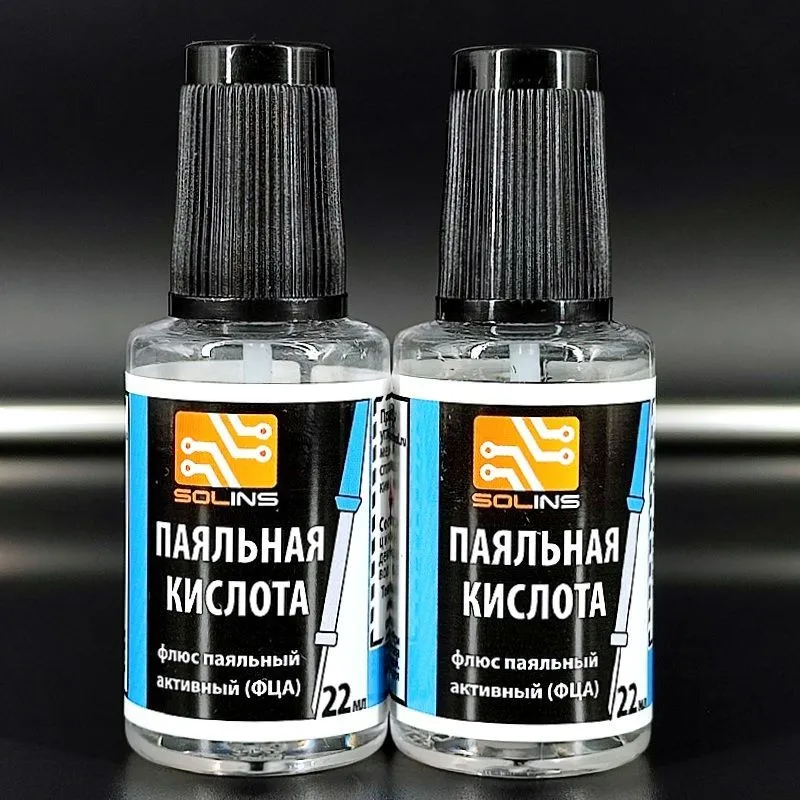Hi,
I have a 3-year-old Ace 250 that has been working without any issues but suddenly, it stopped picking up all types/sizes of metals. The original 9x6 coil is intact with no damage to the coil itself or the lead and to reassure me, I connected a friend's working 9x6 coil and it does not pick up either, so it's not the coil. All the keyboard functions display work ok as does the sound. The only thing I have noticed is that pressing and holding the pinpoint button and passing a large piece of metal (Stanley knife) close to the coil up to about 5", will make a positive sound (it will not pick up a coin or anything else that size even touching the coil). I have opened the control box and everything looks like new without any signs of damage or corrosion. Has anyone any suggestions of what can be wrong and is there anything else I can test/measure? Many thanks.
I have a 3-year-old Ace 250 that has been working without any issues but suddenly, it stopped picking up all types/sizes of metals. The original 9x6 coil is intact with no damage to the coil itself or the lead and to reassure me, I connected a friend's working 9x6 coil and it does not pick up either, so it's not the coil. All the keyboard functions display work ok as does the sound. The only thing I have noticed is that pressing and holding the pinpoint button and passing a large piece of metal (Stanley knife) close to the coil up to about 5", will make a positive sound (it will not pick up a coin or anything else that size even touching the coil). I have opened the control box and everything looks like new without any signs of damage or corrosion. Has anyone any suggestions of what can be wrong and is there anything else I can test/measure? Many thanks.


Comment